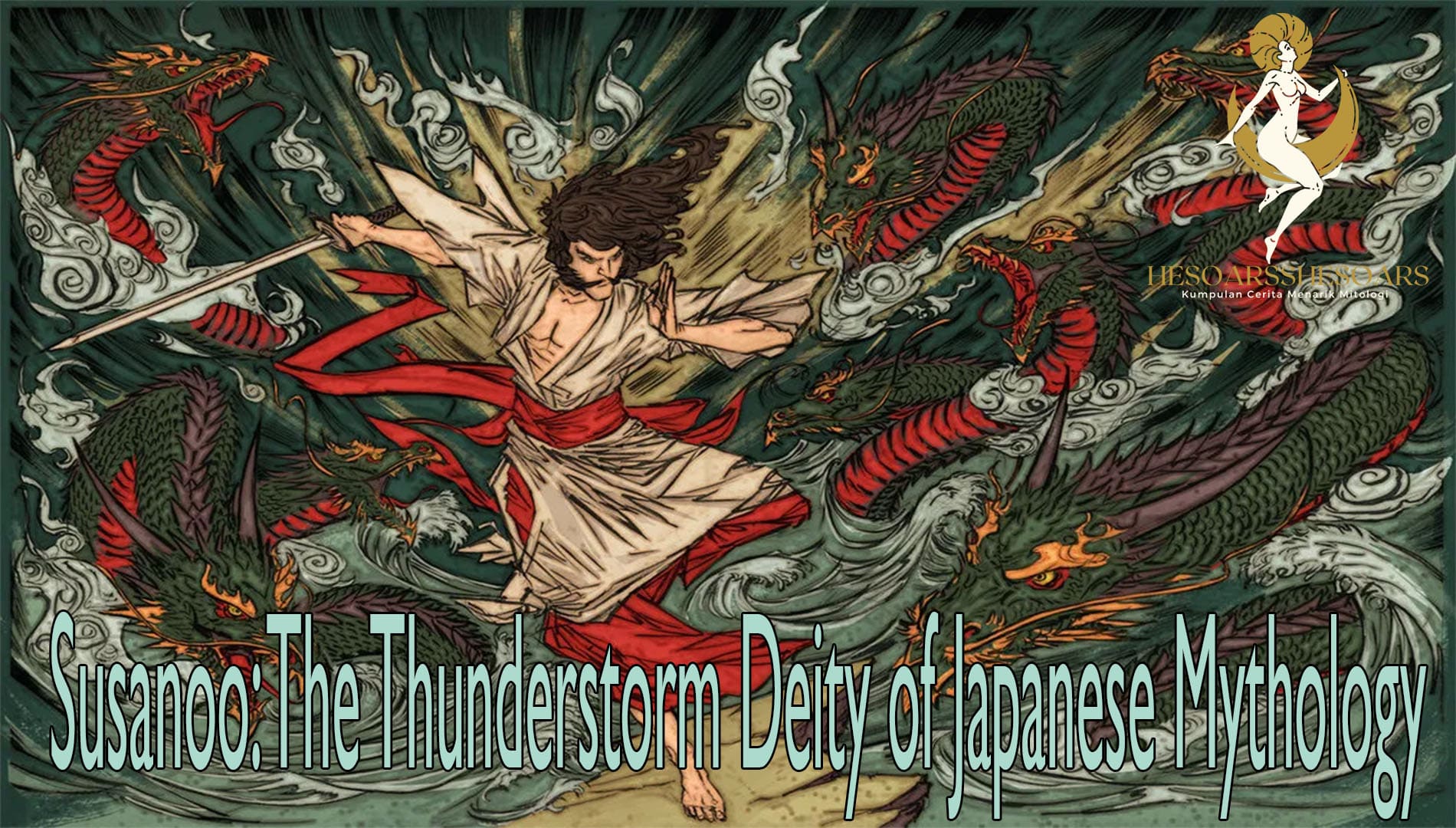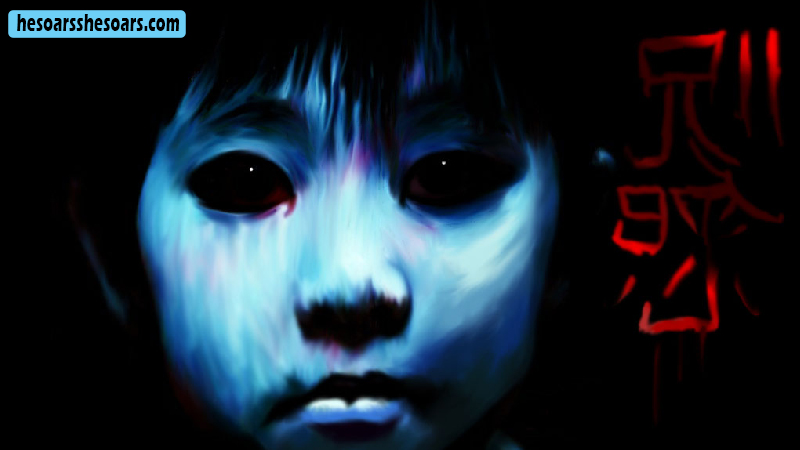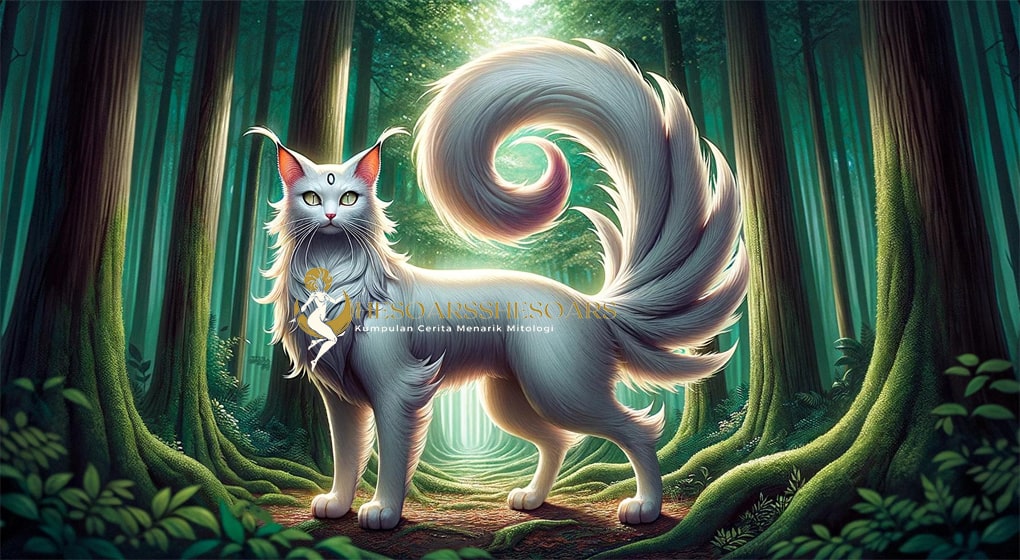In the realm of Japanese mythology, there are tales as old as the islands themselves. Among these tales, the legend of Susanoo stands out not only because of its captivating narrative but also because of its deep-rooted significance in Japanese culture. This article will explore the intriguing story of Susanoo, shedding light on its nuances and reflecting on its contemporary relevance.
Understanding the Pantheon: Where Susanoo Fits In
Japanese mythology is a rich tapestry, interwoven with gods, spirits, and celestial beings. At the core of this pantheon are the primary deities: Amaterasu (the sun goddess), Tsukuyomi (the moon god), and Susanoo, the storm god. These three siblings each govern vital aspects of nature, reflecting the integral relationship the Japanese have with their environment.
The Legend of Susanoo
Born from the nose of the creator deity Izanagi, Susanoo was the tempestuous god of sea and storms. His fiery spirit often brought him into conflict with his siblings, particularly Amaterasu. The most famous legend narrates a dispute between the two, leading Amaterasu to hide inside a cave, thus casting the world into darkness. The tale serves as a metaphor for solar eclipses in Japanese folklore.
Despite his tumultuous nature, Susanoo was not all rage and thunder. His journey took a turn when he descended to the province of Izumo. Here, he would rescue the rice deity Kushi-nada-hime from an eight-headed dragon named Yamata-no-Orochi. This act not only resulted in his marriage to the rescued goddess but also in the discovery of the Kusanagi-no-Tsurugi, a legendary sword that later became one of the three Imperial Regalia of Japan.
Symbolism and Relevance
The story of Susanoo isn’t just a tale of storms and heroics; it is deeply symbolic. His volatile nature can be seen as a representation of life’s unpredictability. Just as storms can be both destructive and life-giving (bringing necessary rain), Susanoo embodies the dichotomy of chaos and salvation.
In modern times, Susanoo’s legacy can be felt through various facets of Japanese culture. Festivals in the Izumo region celebrate his heroic deeds. Art, literature, and even pop culture, including anime and manga, have been influenced by his legend. This goes to show that ancient myths remain an intrinsic part of contemporary narratives.
Incorporating Susanoo in Modern SEO
In today’s digital era, incorporating tales like Susanoo’s into web content not only serves an educational purpose but also aids in reaching a wider audience interested in Japanese culture. By integrating relevant keywords like “Japanese mythology”, “Susanoo”, “Amaterasu”, and “Izumo legends” into web articles, businesses and bloggers can improve their site’s visibility and relevance in the vast ocean of online content.
Conclusion
Susanoo, with his fierce spirit and transformative journey, stands as an emblem of the dynamic forces of nature and the timeless essence of Japanese mythology. His tale is a testament to the importance of understanding and respecting both the destructive and nourishing elements of life. In an age driven by digital narratives, it’s essential to remember and cherish these ancient stories, drawing inspiration and wisdom from them as we sail forward.




